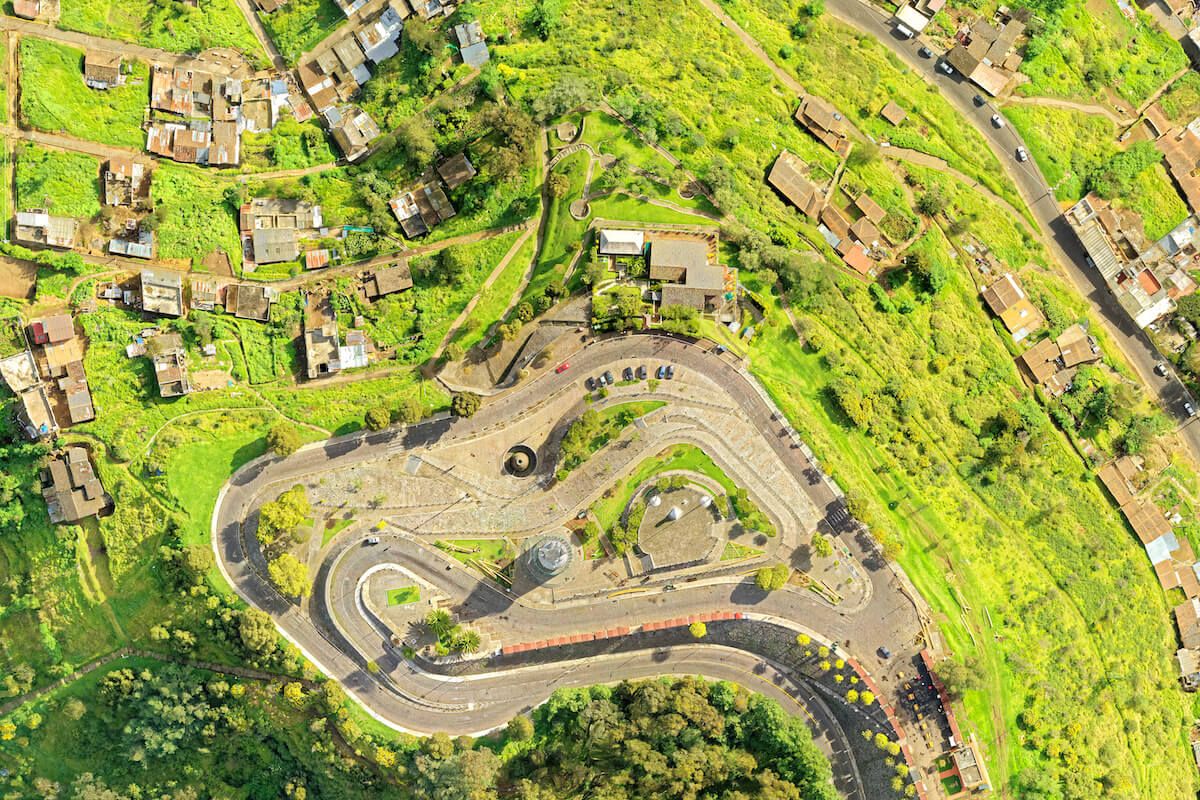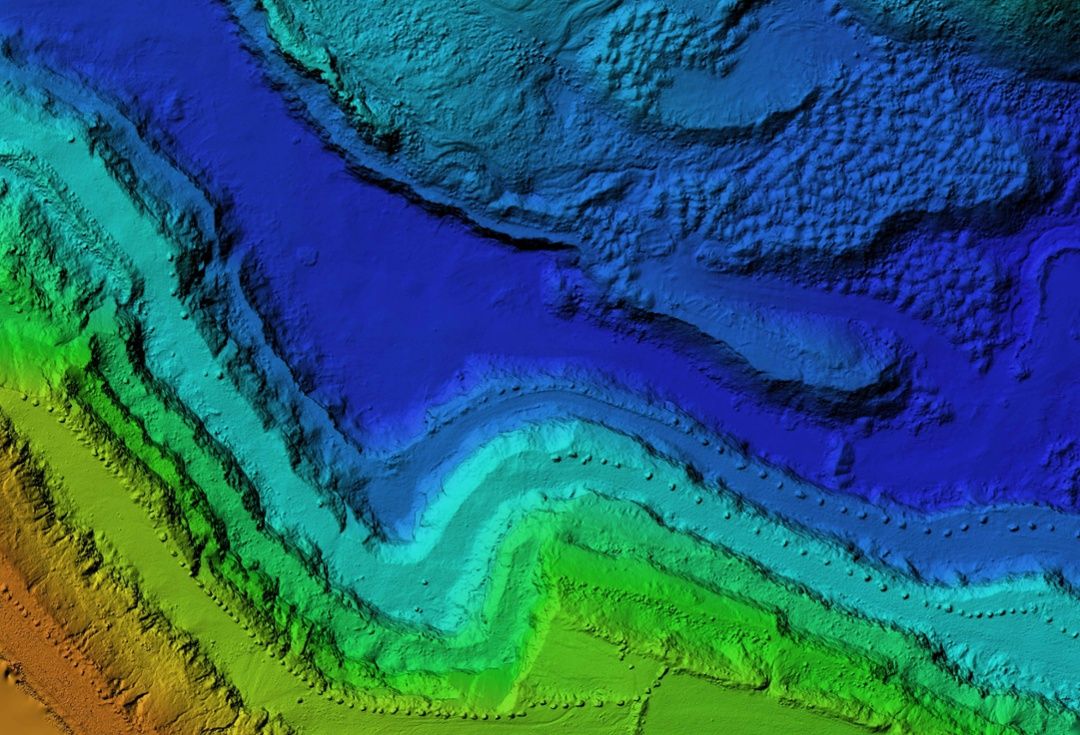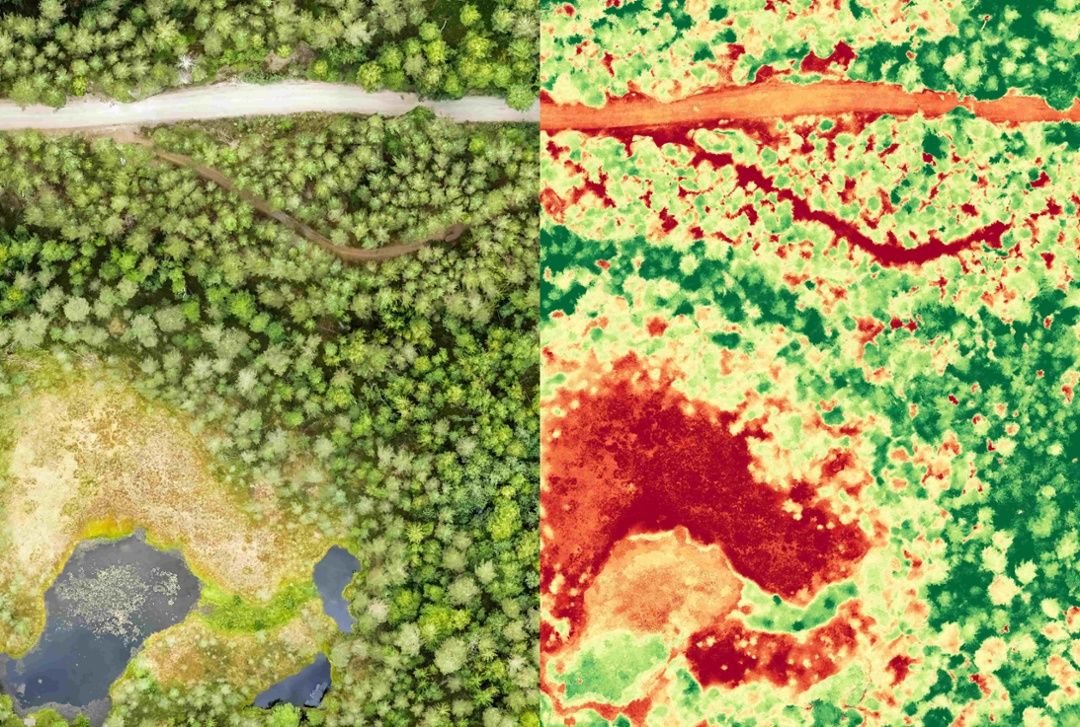Archives
- July 2023
- June 2023
- May 2023
- April 2023
- March 2023
- February 2023
- January 2023
- December 2022
- November 2022
- October 2022
- September 2022
- May 2022
- April 2022
- March 2022
- February 2022
- January 2022
- November 2021
- October 2021
- March 2021
- July 2020
- May 2020
- April 2020
- March 2020
- December 2019
- October 2019
- September 2019
- June 2019
- May 2019
- April 2019
- September 2018
- June 2018
The Aerial Perspective Blog
Why Telecom and Energy Companies Need GIS Mapping for All Technicians

Geographic information systems (GIS) mapping can revitalize telecom and energy companies by reducing costs and enhancing capital planning. As the U.S. focuses on energy independence, infrastructure efficiency, and better communication systems, GIS mapping can make a difference in managing assets, predicting outages, and deciding where to place infrastructure. Each of these applications requires geography, imagery, and data – all provided by GIS mapping. Teams with wider, easier access to this critical source of business intelligence are becoming increasingly important to business transformation.
What does GIS offer telecom and energy companies?
GIS mapping can positively impact every department in both telecom and energy companies. It allows you to dispatch resources more efficiently, enhance customer service using location data and imagery, and instantly share location data amongst team members. Specifically, telecom and energy companies can:
- Track
- Utilities companies must track an enormous amount of location assets over a large geographic area. With millions of customers, such an endeavor is not only mission critical, but also hard to manage. GIS mapping lets energy and telecom companies find the geospatial relationships between their facilities, assets, and ground features. This helps your dispatching be more efficient, resulting in faster customer service.
- Identify
- How do you know which circuits are more susceptible to outages caused by weather? With GIS mapping, you can model your solution online, tweak it, and identify the best-case scenario. You’ll improve operations and offer better customer service by implementing GIS mapping into your planning process.
- Target
- Your sales and service personnel need to know who and what to target on a daily basis. GIS mapping helps you track hundreds of geospatial data layers to support customers, sales efficiency, and other services. It also helps you correlate each of these layers to visualize and model your customer base and how to expand and grow. Your teams can get information in the field – in real time – on parcels, service outages, and customers’ status.
How you will benefit by using GIS mapping
As an energy or telecom company, you’re responsible for managing and maintaining a large grid of equipment, assets, and customers who depend on your services. You not only need to be responsive during outages, but you also must use a variety of geographical data to plan, manage, analyze, and deliver service to new and existing customers.

Here are a few of the many benefits you’ll experience by using GIS mapping:
1. Facilities planning gets easier
If you have an enterprise-wide system that gives you instant access to geospatial data, you can easily share that information across departments for planning purposes. GIS mapping lets you gather, store, and share a massive amount of information on assets, equipment, inventory, and more to guide your infrastructure development and investment activities.
2. Get real time access to information
GIS mapping gives you real-time access to your most critical information, allowing you to make better and more accurate business decisions. You can more easily analyze the big picture by bringing together disparate chunks of information about current projects. Not only can you track progress much easier, but you can access the data anytime, anywhere, as long as you have an internet-enabled laptop or device.
3. Reduce costs
Your field staff can gather information remotely and share that information with others without leaving the office. GIS mapping services give you a centralized database to track and store locations, assets, inventory, and geographic features – without having to go into the field. If you’re using paper maps to plot routes and generate daily assignments, you can manage repairs, replacements, and maintenance activities and save your company money.
4. Enhance your company’s transparency
Companies today focus on transparency and being accountable. GIS mapping lets everyone involved in a project see the information and analyze it, which is especially important for big infrastructure projects. No longer will your technical engineers and experts need to translate difficult information; with GIS mapping, both external and internal stakeholders can view the data in real time. Everyone involved in the project, from field technicians to management, will have a better, more transparent understanding.
5. Better manage your resources and assets
GIS mapping replaces those old school processes and procedures of field technicians to manage resources and assets. Inspections, maintenance, repairs and replacements become more manageable when everyone in your enterprise can access and share data for an end-to-end view of all assets spread across your infrastructure. Management can better track and share location data with accuracy and efficiency, reducing troubleshooting time and maintenance crew efforts. You can use proactive inspections and more timely maintenance to reduce repair and replacement costs, save employee time, and increase accuracy.
GIS mapping gives you a geographic advantage over your competitors. It boosts work efficiency, helps you stay more productive, and even helps you respond quicker to emergencies. Thanks to the accuracy and accessibility of real-time GIS data, you can shorten your response times and offer better customer service.
If your technicians are spending too much time identifying issues, searching for information, and running from the office to the field and back again, it’s easy to see why telecom and energy companies need GIS mapping solutions that prioritize access to information.
Contact Aerial Applications to learn more about GIS mapping solutions.
Join our mailing list to stay up to date on the latest releases, product features and industry trends.
Mapware needs the contact information you provide to us to contact you about our products and services. You may unsubscribe from these communications at any time. For information on how to unsubscribe, as well as our privacy practices and commitment to protecting your privacy, please review our Privacy Policy.


